Home / Certification
PRINCE2 (PRojects IN Controlled Environments) is a structured project management method and practitioner certification programme. PRINCE2 emphasizes dividing projects into manageable and controllable stages.
It is adopted in many countries worldwide, including the UK, Western European countries, and Australia.
History
PRINCE was derived from an earlier method called PROMPT II (Project Resource Organisation Management Planning Techniques). In 1989 the Central Computer and Telecommunications Agency (CCTA) adopted a version of PROMPT II as a UK Government standard for information systems (IT) project management. They gave it the name 'PRINCE', which originally stood for "PROMPT II IN the CCTA Environment". PRINCE was renamed in a Civil service competition as an acronym for "PRojects IN Controlled Environments". PRINCE2 is the second edition of the earlier PRINCE method which was initially announced and developed in 1989 by CCTA (the central computer and Telecommunications Agency), a UK government support agency. PRINCE2 was released in 1996 as a generic project management method. PRINCE2 has become increasingly popular and is now a de-facto standard for project management in many UK government departments and across the United Nations system.
Seven Principles
PRINCE2 is based on seven principles and these cannot be tailored. The PRINCE2 principles can be described as a mindset that keeps the project aligned with the PRINCE2 methodology. If a project does not adhere to these principles, it is not being managed using PRINCE2.
- Continued Business Justification: The business case is the most important document, and is updated at every stage of the project to ensure that the project is still viable. Early termination can occur if this ceases to be the case.
- Learn From Experience: each project maintains a lesson log and projects should continually refer to their own and to previous and concurrent projects' lesson logs to avoid reinventing wheels. Unless lessons provoke change, they are only lessons identified (not learned).
- Defined Roles and Responsibilities: Roles are separated from individuals, who may take on multiple roles or share a role. Roles in PRINCE2 are structured in four levels (corporate or programme management, project board, project manager level, and team level). Project Management Team contains the last three, where all primary stakeholders (business, user, supplier) need to be presented.
- Manage by Stages: the project is planned and controlled on a stage by stage basis. Moving between stages includes updating the business case, risks, overall plan, and detailed next-stage plan in the light of new evidence.
- Manage by Exception: A PRINCE2 project has defined tolerances (6 aspects above) for each project objective, to establish limits of delegated authority. If a management level forecasts that these tolerances are exceeded (e.g. time of a management stage will be longer than the estimated time in the current management stage). it is escalated to the next management level for a decision about how to proceed.
- Focus on Products: A PRINCE2 project focuses on the definition and delivery of the products, in particular their quality requirements.
- Tailor to Suit Project Environment: PRINCE2 is tailored to suit the project environment, size, complexity, importance, time capability, and risk. Tailoring is the first activity in the process Initiating A Project and reviewed for each stage.
PRINCE2 Certification Levels :
PRINCE2 Qualification constitutes different levels of Certification which are as follows:
- PRINCE2 Foundation
- PRINCE2 Practitioner
- PRINCE2 Professional
- PRINCE2 Agile
Where:
PRINCE2 Foundation is the basic level of certification. The staff member/employee working for the Organization can give their best techniques to the company which further increases their revenue and profits.
PRINCE2 Practitioner is the certification that enhances the skills required to manage the projects and handle risks efficiently.
PRINCE2 Professional certification is essentially for Prince2 Practitioners who want to take the further step and increase their proficiency in the PRINCE2 Methodology. This certification will test the ability of the professionals to manage non-complex projects across all streams. However Prince2 Practitioner certification is the pre-requisite for Prince2 Professional certification.
PRINCE2 Agile certification is a new module and it is suitable for those who have already received PRINCE2 and need further guidance on the application of agile methods. This certification is suitable for both small scale and large scale projects.
This includes E-learning through Study Guides, Official Sample case studies and podcasts for all Principles, Processes, and Themes. E-mail support from Accredited PRINCE2 trainers to guide you through the course. PRINCE2® Foundation and Practitioner online is a learning solution created to meet the demands of our customers. The Foundation and Practitioner elements are taught via our comprehensive e-learning material. This style of delivery saves you and your company time and money. Our accredited PRINCE2® Online Learning training course provides a quality platform for gaining skills, sharing experiences and learning from other organizations while offering the flexibility as to how and when you learn. The purpose of the Practitioner qualification is to confirm whether the candidate has achieved sufficient understanding of how to apply and tailor PRINCE2® in a scenario situation. A successful Practitioner candidate should, with a suitable direction, be able to start applying the method to a real project but may not be sufficiently skilled to do this appropriately for all situations. Their individual project management expertise, the complexity of the project and the support provided for the use of PRINCE2® in their work environment will all be factors that impact what the Practitioner can achieve.
Candidates should be able to apply and understand how to tailor PRINCE2® effectively to a project within an organization environment supporting PRINCE2®. Specifically, candidates should understand the relationships between the roles, management products, principles, themes, techniques, and processes. Be able to apply the principles, themes, and processes to a project. Be able to create and assess management products. The PRINCE2® Foundation examination is a closed- book 60 minute 75 multiple choice question paper with 5 questions to be trial and not counted in scores. The pass mark is 50% (35 marks required to pass out of 70 available). There are no formal pre-requisites for this exam. The Practitioner examination is an open- book objective test examination based on a given scenario and lasting 150 minutes. There are 8 questions each worth 10 marks, making a total of 80 marks available. The pass mark is 55% (44 marks required to pass out of 80 available).
PRINCE2 is the world’s most widely adopted project management method, used by people and organizations from wide-ranging industries and sectors.
It is a flexible method that guides you through the essentials for managing successful projects, regardless of type or scale. Built upon seven principles, themes and processes, PRINCE2 can be tailored to meet your specific requirements.
No, not necessarily but is recommended. Professionals willing to undergo training can go for Accredited Training Organizations (ATO) which are certified by PEOPLECERT like Edmonics Learning Solutions.
Examinations are a part of Accredited Training Organizations (ATO) courses. However, professionals giving the exam through self-study can register in PEOPLECERT which conducts the exams around the world.
All the individuals need to make sure that they have re-registered within 3-5 years from the original certification. The examination is of the same level as that of the Practitioner exam and is based on the modules of 2009 PRINCE2®.
Yes, after successful completion of the Practitioner level, professionals are free to use ‘PRINCE2® Registered Practitioner’ on their business cards.
The Foundation examination does not have an expiry period.
Candidates who pass the Practitioner exam are recognized as a "PRINCE2® Registered Practitioner". Individuals will remain registered for a period of three calendar years. To maintain their registered status, practitioners must:
- Retake the full Practitioner exam at the end of the three years
- Maintain their certification through PRINCE2 Membership.
 Quicker release of useable product to users and customers.
Quicker release of useable product to users and customers. Higher productivity.
Higher productivity. Being able to complete complex projects that previously could not be done.
Being able to complete complex projects that previously could not be done. Better employee morale.
Better employee morale. It teaches you the best practices on how to increase the business productivity effectively.
It teaches you the best practices on how to increase the business productivity effectively. Greater ability to incorporate changes as they occur.
Greater ability to incorporate changes as they occur. It can Improve Project Success.
It can Improve Project Success. Better user satisfaction.
Better user satisfaction.
Project Management Professional (PMP) is an internationally recognized professional designation offered
Read More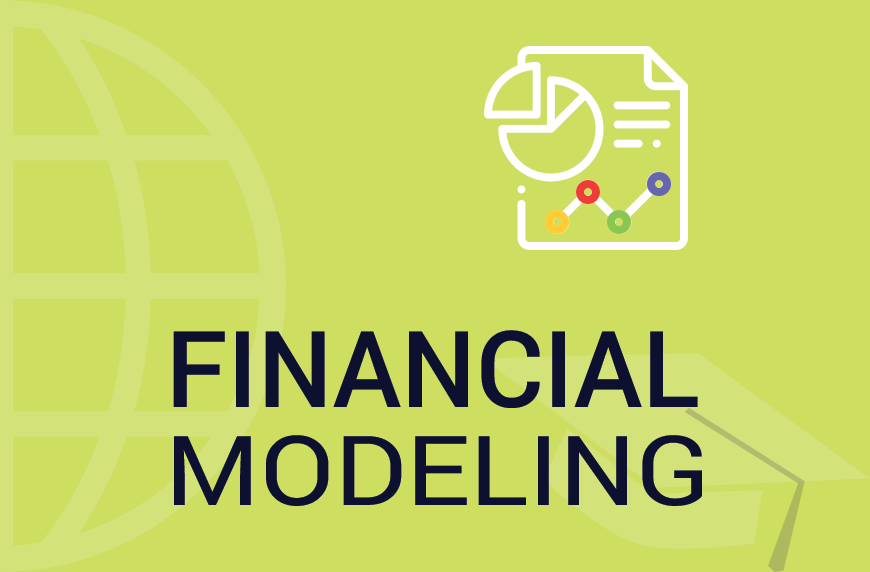
Financial modelling is a powerful tool which can be utilized for projecting the future financial pe
Read More
ITIL is a widely-adopted body of knowledge and best practices for successful IT service management that
Read More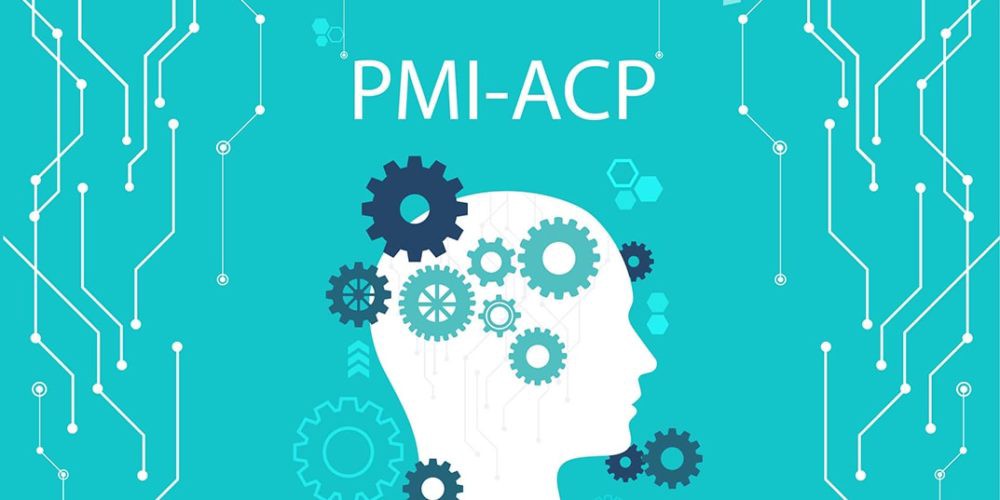
Presently Companies are under increasing pressure to adapt to rapidly evolving market conditions. In order
Read More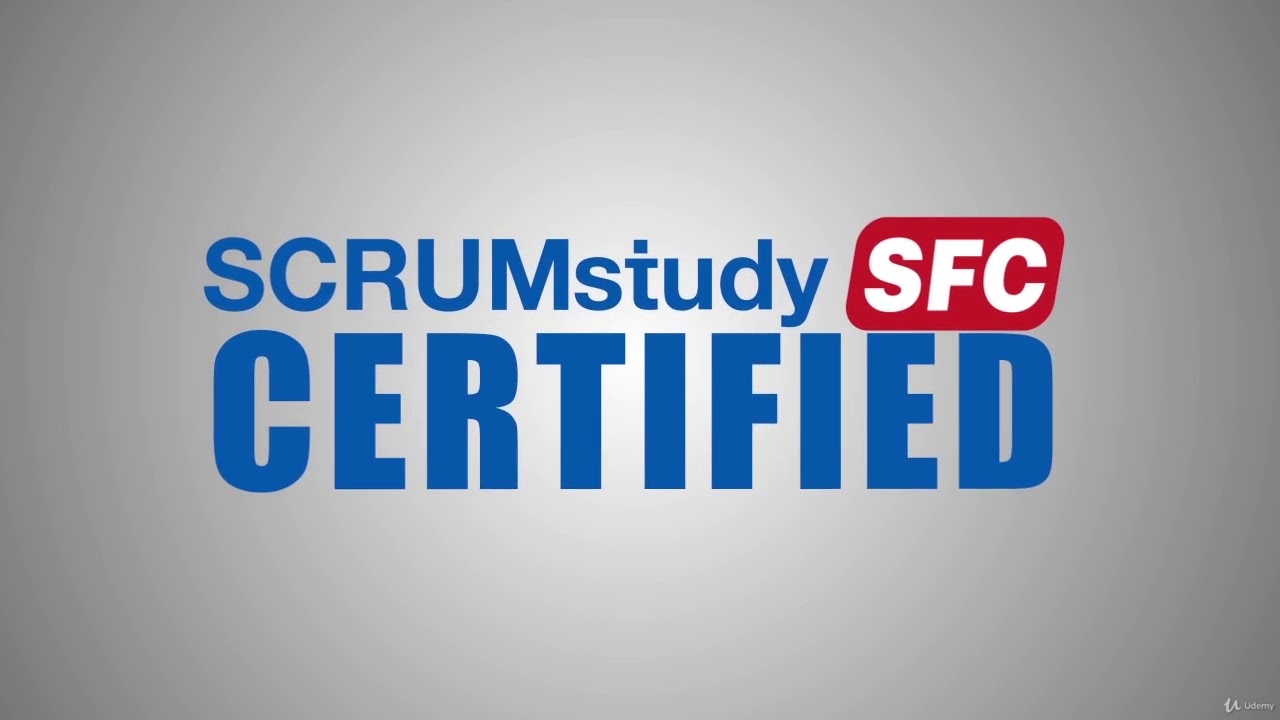
'Scrum Fundamentals Certified' course is tailored to help anyone interested to know more about S
Read More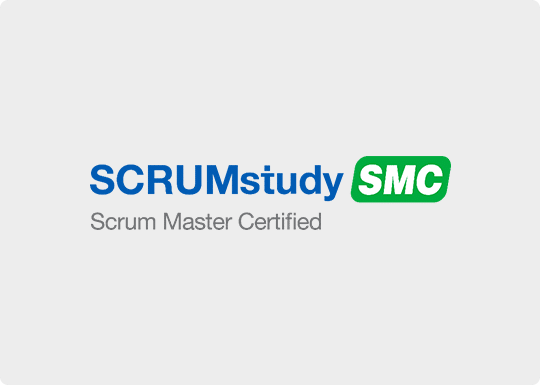
Scrum Master Certified (SMC®) professionals are facilitators who ensure that the Scrum Team is provi
Read More
Data visualization is a powerful way for people, especially data professionals, to display data so that
Read More
The Six Sigma Yellow Belt course is tailored to help anyone interested to know what Six Sigma is; learn
Read More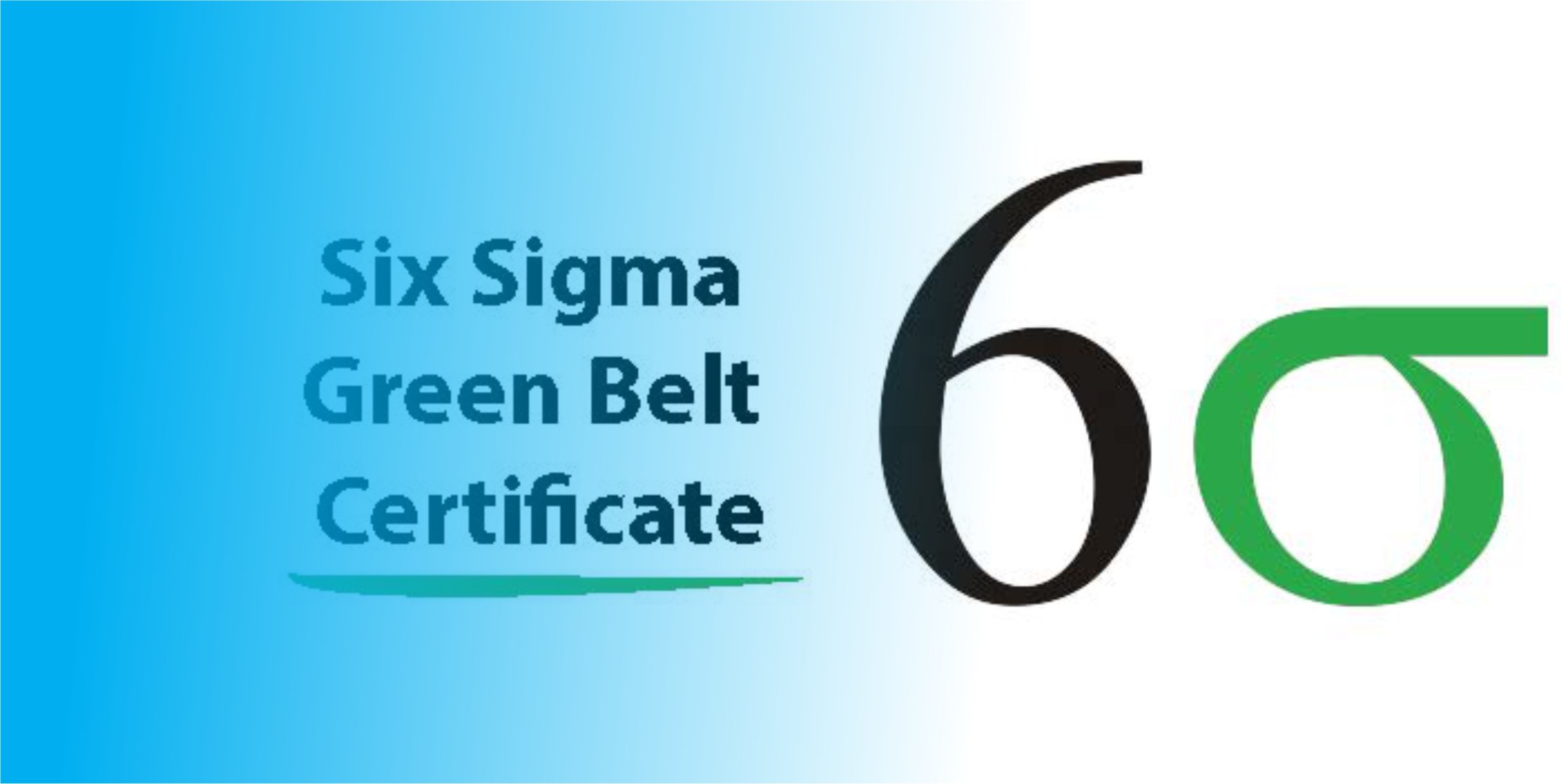
Six Sigma Green Belt course focuses on providing students with an understanding of the various Six Sigma
Read More
Six Sigma Black Belt (SSBB) certification focuses on testing students on their comprehensive understandi
Read More
PRINCE2 (PRojects IN Controlled Environments) is a structured&nbs
Read More
Data visualization is a powerful way for people, especially data professionals, to display data so that
Read MoreCopyright © 2020 Edmonics Learning Solutions.